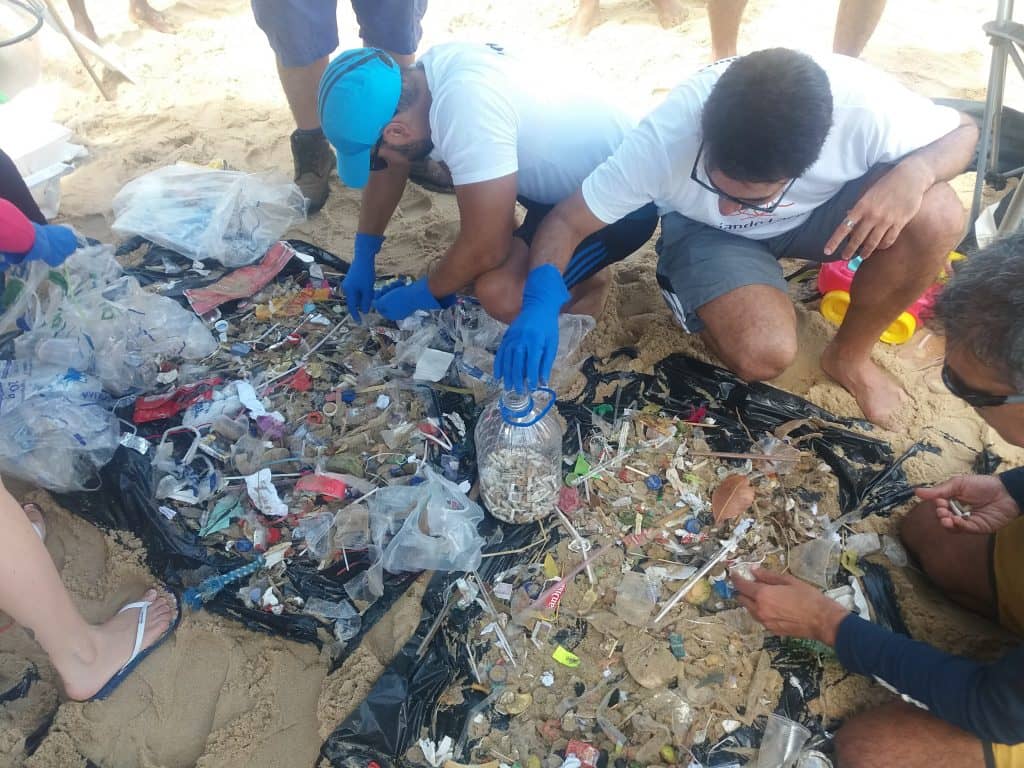What Can We Do to Reverse the Situation?

The impact of plastic on nature is alarming, but we can still act. Learn how to reduce harm, support policies, and adopt sustainable habits. 🌍
Discover how plastic affects nature, the challenges of reducing it, and what you can do to save the environment. It’s time to take action!
Plastic and the Environmental Crisis
Plastic, initially created to make human life easier, has become one of the greatest threats to nature. From oceans to terrestrial ecosystems, the impact of plastic on the environment has been devastating. This article explores how plastic affects nature, the solutions available, and how we can reverse the damage before it’s too late.
How Plastic Impacts the Environment
Plastic plays a significant role in modern society, but its excessive use comes with alarming environmental costs. It is estimated that over 8 million tons of plastic are discarded into the oceans annually, threatening marine life and ecosystems.
Plastic pollution is one of the greatest threats to the environment today. Studies indicate that approximately 8 million tons of plastic are discarded into the oceans annually, severely affecting marine life and aquatic ecosystems.
In addition, the production and incineration of plastic emit more than 400 million tons of carbon dioxide each year, significantly contributing to climate change.
Despite the severity of the situation, it is still possible to save nature through coordinated actions and behavioral changes. Measures such as reducing plastic consumption, encouraging recycling, developing alternative biodegradable materials, and implementing effective public policies are essential to mitigate environmental impacts.
The active participation of individuals, companies, and governments is crucial to promoting sustainable practices and ensuring the preservation of the planet for future generations. Change begins with each of us, adopting more conscious habits and demanding responsible solutions.
The Presence of Plastic in the Oceans
The Great Pacific Garbage Patch
One of the most shocking examples of plastic pollution is the Great Pacific Garbage Patch, a floating mass of plastic waste covering an area larger than France. This “artificial ecosystem” is mainly composed of microplastics, which are ingested by fish and ultimately enter the food chain.
Alt text for image: An aerial photo showing the Great Pacific Garbage Patch, highlighting the severity of pollution.
Effects of Microplastics on Marine Life
Microplastics, particles smaller than 5mm, pose a direct threat to marine fauna. Fish, turtles, and birds often mistake these plastic particles for food, leading to poisoning, death, and ecological imbalances.
The Impact of Plastic on Terrestrial Ecosystems
Plastic doesn’t just affect oceans. Plastic waste improperly disposed of in urban and rural areas can remain in the soil for hundreds of years, contaminating groundwater and hindering vegetation growth.

Plastic Bags and Wildlife
Terrestrial animals often ingest plastic accidentally, causing blockages in their digestive systems and leading to death. Abandoned plastic bags also pose a suffocation risk to small mammals and birds.
Alt text for image: A bird trapped in a plastic bag in a forested area, illustrating the harmful impact of plastic on wildlife.
Plastic Production and Climate Change
In addition to visible pollution, plastic also contributes to climate change. The production and incineration of plastics release significant amounts of carbon dioxide and methane, intensifying the greenhouse effect.
There Is Still Time to Save Nature
Although the situation seems dire, it’s still possible to minimize the impact of plastic. Several practical solutions and policies can be implemented to combat plastic pollution.
Reduce, Reuse, Recycle
The “3 Rs” rule is one of the most effective ways to reduce plastic’s impact on nature. Replacing disposable items with reusable alternatives, like stainless steel bottles, is a simple yet significant step.
Efficient Recycling
Many people are still unaware of proper recycling practices. It’s important to sort waste correctly and check local recycling guidelines.
Alternatives to Traditional Plastic
Biodegradable materials, such as bioplastics made from corn starch or algae, are becoming viable options. Although they are still more expensive, increased demand could lower costs and make these alternatives more accessible.
Alt text for image: A biodegradable bag next to a conventional plastic bag, showcasing the difference between the materials.
Education and Collective Awareness

Awareness Campaigns
Organizations worldwide are promoting campaigns to educate people about the impacts of plastic. Participating in or supporting these initiatives can drive significant change.
Pressure for Public Policies
Pushing governments and companies to adopt measures like banning single-use plastics is crucial for large-scale change.
Conclusion: Together, We Can Make a Difference
The impact of plastic on nature is undeniable, but we still have the opportunity to reverse the damage. By reducing plastic consumption, supporting sustainable policies, and investing in eco-friendly alternatives, we can save our planet for future generations.
The Impact of Plastic on Nature: What Can We Do to Reverse the Situation? search read – https://agencia.petrobras.com.br/w/sustentabilidade/petrobras-contribui-para-coleta-de-mais-de-8-toneladas-de-lixo-no-dia-mundial-de-limpeza-de-praias
How Wars Damage the Environment: Impact on Water, Soil, and Biodiversity



